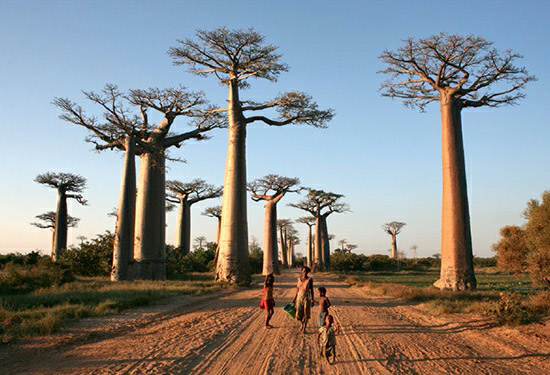Madagascar’s history as a human-inhabited region is relatively recent, with the first settlements established around 2,500 years ago, despite earlier visits by sailors. This fourth-largest island in the world, comparable in size to France, presented early settlers with a rich and unique ecosystem, a result of its long isolation since the breakup of the supercontinent Pangea.
Archaeological discoveries indicate that Madagascar’s separation from Africa and later India formed a distinct microplate, fostering a diverse array of species, including the famous lemurs, giant fossas, and the enormous, now-extinct elephant bird. The arrival of humans significantly altered this landscape. The need for agricultural land and growing populations led to deforestation and habitat destruction, driving many large animal species to extinction and altering the ecological balance of the island.
Today, nearly 25 million people call Madagascar home. The island faces challenges in balancing human needs with preserving its unique biodiversity. Conservation efforts are increasingly critical, with ecotourism becoming a significant economic contributor. Efforts by the government and international conservation organizations focus on protecting the remaining native species, attempting to maintain the ecological uniqueness of this remarkable island.

